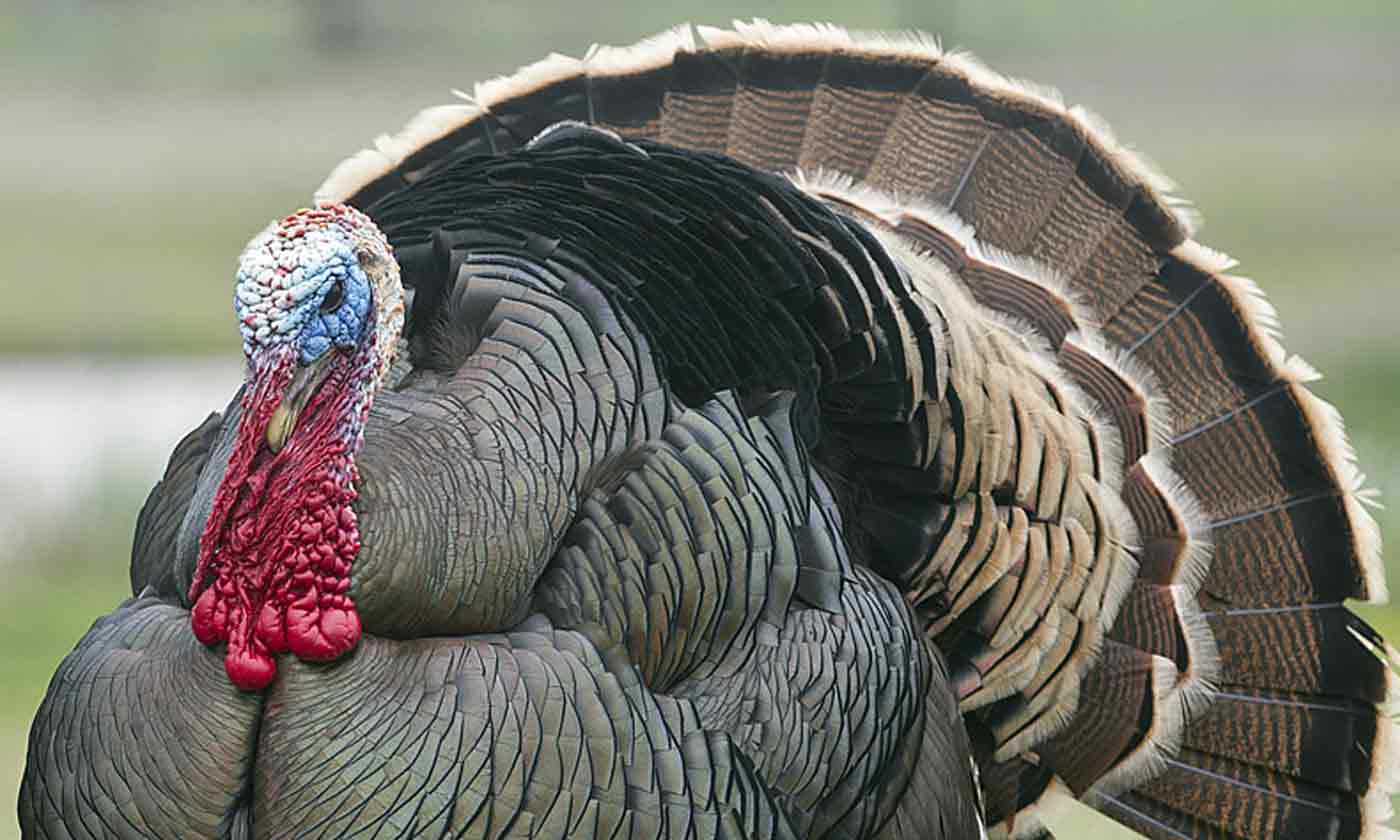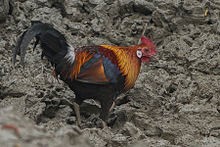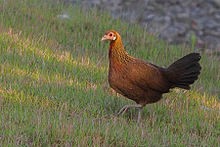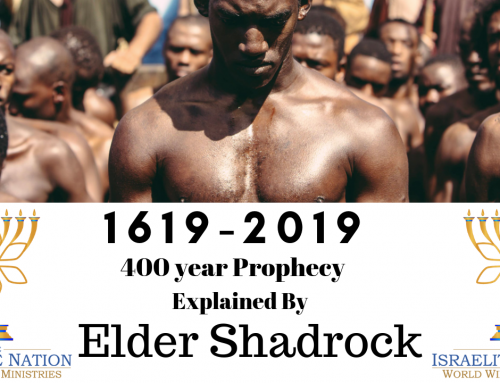Is Turkey Kosher?
Introduction
Life is about choices we can follow tradition or the Law of the God of Israel, as Israelites we follow the Levitical law as given by the God of Israel. Sometimes it is a challenge to explain to others why we do not do this or that, especially because it is not written in the KJV of the holy scriptures. More often than not, the debate turns sour because there is a ‘so called authority’ that has a claim to the debate. For example, medical science claims that pigs are the nutritiously acceptable ‘other white meat’. Even though there are overwhelming and scientific evidence against the eating of pigs, people will find ways of justifying the pig into their plate from ‘g- d said do not call unclean what I have blessed’ to ‘it won’t kill you’. Well thank God it is written in plain English that Israelites must reframe from eating this animal.
Another example of a hotly debated food item is that of the coconut. Although it is not scriptural, it is one of the most nutritious foods in the world. It was widely used for medical emergencies as a source of IV fluid, during World War II and is still used in the medical and cosmetic industries today, for its medicinal purposes. After World War II this miracle food fell from grace perpetuated by the ‘so called authorities’ that claimed coconuts are making people sick – stop eating it. Sixty plus years later, westerners stopped consuming coconut, low fat diets were introduced, people doubled their weight and are now reportedly struggling with numerous health issues which was not so wide spread prior to WWII.
This article is not about pigs or coconuts (maybe I will put something together one day about these), but rather to understand the nature of the turkey. Turkey is scientifically classified as poultry and so too is the webbed feet duck (distant relative of the swan). Turkey is nothing like chicken from a biological stance, they cannot even mate unless of course it is done under the guise of science in a laboratory.
So why should Israelites reframe from eating turkey (it is not written in the bible)? Let us then explore what is actually written in the book of Leviticus regarding the eating of certain birds.
Leviticus 11: 13-17
“13 And these are they which ye shall have in abomination among the fowls; they shall not be eaten, they are an abomination: the eagle, and the ossifrage, and the ospray, 14 And the vulture, and the kite after his kind;15 Every raven after his kind; 16 And the owl, and the night hawk, and the cuckow, and the hawk after his kind,17 And the little owl, and the cormorant, and the great owl,18 And the swan, and the pelican, and the gier eagle,19 And the stork, the heron after her kind, and the lapwing, and the bat.”
After his Kind
Perhaps turkey as we know it today was not around during the time of these laws, however the passage in Leviticus 11 makes a concession for birds that have not been named, by using the term after his/her kind. So what kind of bird is a Turkey?
Poultry
- Poultry is the term given to domesticated birds which includes turkey, fowls, chickens, quails, ducks, geese and pigeons. They are often kept for their meat, eggs, feathers and sometimes as pets. However, just because all of these birds are classified as poultry it does not mean that an Israelite can consume them. For instance, ducks and geese are not mentioned on the abomination list of the KJV bible, yet their characteristics are similar to that of the swan because they are close relatives and they are actually referred to as the Anatidae family of birds. Therefore, it is a no brainer that an Israelite should not consume ducks and geese because it is a kind of swan – remember the story of the ‘ugly duckling’.
Vultures
As for the Turkey it is a kind of Vulture.
- Head and Neck – Vultures feed on the carcasses of dead animals. They sometimes have to push their heads inside the body in order to get a meal. If they had feathers on their heads and necks, these would soon become clogged and matted with blood. – Turkeys do not have feather on their heads and neck.
- Beak and Talons – Vultures also have predatory beaks for ripping flesh off their dead carcases and large talons for holding their meal in place. The domesticated turkey has smaller beaks and talons which are due to their domestication. However, at first glance it is quite easy to confuse a turkey vulture with a wild turkey.
Turkey
There two main types of turkey
- Yucatan and Guatemala (Agriocharis ocellata; family – Phasianidae)
- Mexico and the US (Meleagris gallopavo; family -Phasianidae)
- Domesticated Turkey
We should look at some facts to help us identify the nature of the turkey.
| Birds | Notes |
Vulture |
The image on the Left is of a Vulture.
Who is after his kind? |
Turkey Vulture |
Yucatan and Guatemala (Agriocharis ocellata; family – Phasianidae) is known as a Turkey Vulture.
Leviticus 11:14 points out that eating vultures is an abomination therefore among other things, Israelites do not eat vultures. |
Storks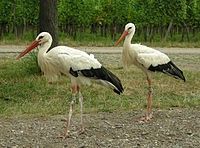 |
Some articles attempt to make a distinction between the old world and new world vultures stating that Turkey Vultures are related more closely to the Storks [1] than the old world vultures. Nevertheless, old-world, new-world and Turkey, Vultures, have the same characteristic in that they are all scavengers feeding mostly from carcasses of dead animals.
I am sure that this matters to some people, however for Israelites, it should not make a difference, as we do not eat storks either. Lev.11: 19
|
| Wild Turkey | Turkey Vultures are not related to the wild turkey according to many sources. They are classified as Meleagris gallopavo; family –Phasianidae. The turkey vulture and wild turkey both originate from North America and both have the same distinct appearance that is they both have a bald red head.
Unless my eyes are deceiving me, this bird resembles the vulture more so than the stork. |
Domesticated Turkey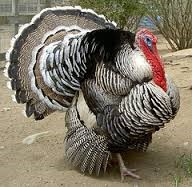 |
The wild turkey is related to the domesticated turkey which also originated from North America. The only difference is that they are usually larger and often have white feathers. |
| Chicken
Male Female
|
The Chicken is a Gallus gallus and bears no resemblance to a vulture, neither is it related to the turkey in any way.
|
The Origin of the Turkey
Remember the confusion of where Christopher Columbus had landed? Was it, India, America, West India (Indies)? Well the turkey seemed to have followed a similar path of confusion.
- The Turkey was brought to Europe from Mexico (The Spanish Indies or the New Indies).
- When the Europeans first encountered turkeys in the American Continent they incorrectly identified the birds as a type of Guinea fowl (which has its origins in west Africa)
- The turkey did not reach India (east) for about another 100 hundred years after its European introduction and naming, it was brought there with the Spanish possessions to the East Indies[2].
- The turkey came from America to Europe by the Cortez expedition of 1519 and was taken back to North America from Britain by the colonists of New England and Virginia, who were surprised to find it already living there and WILD – Hence the term DOMESTICATED – to provide clarity in mud.
- Wild turkeys can be found living wild in North America, it’s place of origin. The turkey is one of the most popular birds of North America and the native Indians (American Indians) valued these birds as food and for their feathers.
- It is said that Benjamin Franklin wanted to make the turkey the national symbol rather than the bald headed eagle – failing this request – turkey became the National Dish instead.
The Name Turkey
- Around 1530 Merchants from Turkey known as “Turkey merchants” traded birds that was called “Turkey bird” or ‘Turkey cock’.
- The English were among the first who related this bird to turkey (the traders) and thus the turkey bird became turkey, before it became domesticated
- The Spaniards on the other hand called them ‘Indian fowl’ referring to the west indies. Ironically, they also referred to this bird as ‘tuka,’ which is ‘peacock’ in Tamil, an East Indian language and name for the peacock.
- This might be one of the reasons why nearly everyone in Europe, during this period, including the Turks, thought the birds originated from India – confusing it with the place they thought was India, that is the West Indies.
Kosher Turkey
So far, from the brief research we can conclude that Turkey is a vulture, it is easier to find a clear distinction between a chicken and a turkey than it is to find between a domesticated turkey and a vulture. Yet, there are some establishments that although claim to follow the laws of Moses, do not consider turkey as a vulture – Why? I decided to look at how the Jewish people of today are addressing this matter since they have several well established authorities throughout north America and Europe. To avoid any confusion, I will refer to the Eastern European/American/Modern Jews as Jewish people and those that have similar practices to myself as Israelites.
- The vast majority of the Jewish people accepted the so-called ‘domesticated’ turkey as kosher. According to com, turkey cannot be considered non-kosher unless there is overwhelmingly compelling evidence to declare it non-kosher.
- Mesorah (Yiddish term) is a rule that is applied to a bird to determine if it is Kosher. Mesorah also assumes, in addition to the identification set forth by the Levitical law, that:
- Knowing the origin of the bird and
- The justification for its wide consumption must be taken into consideration.
- Which is to ask, is it Tradition? This therefore implies that, if a Jewish practice exists it must have a strong basis. So too if the vast majority of Jews are eating a particular bird, there must be a solid justification for it.
The Origin:
These authorities claim that turkey came from India (which one?) to England and then Germany and is now consumed without any hesitation. Several European /American Jewish Commissions, permitted the turkey based on the fact that it was eaten in India – they were referring to east India but again, this was not the Turkey’s origin.
As a side note, thousands of Israelites migrated to India in 70 AD, long before the Spanish and Portuguese inquisition and thus were looked upon as the authority by European and American Jews. However, also note that turkey was not introduced to this part of the world until approximately 100 years after its introduction to Europe.
Justification:
Since the origin of this particular bird is not concrete, it appears that the justification based on tradition plays a stronger role. As a result, this Mesorah rule of birds are eaten only if it is traditionally accepted, is apparently a sufficient reason to declare the turkey as acceptable.
According to the Premier Kosher Information Source[3] a large number of European Jews including those in America, have been eating Turkey for half a millennium, as an accepted practice. Therefore, regardless of the shaky roots, this so called tradition cannot be reversed. Thus turkey is kosher and kosher is based on tradition.
Conclusion
The emphasis which is placed on turkey, “wild” vs “domesticated” is to conceal the fact that turkey, in their habitual nature is an omnivore which basically means apart from the nuts berries, roots and grass that we often hear about, they also eat snakes and the left over carcass of dead animals. But the ones served for the American Thanksgiving was raised on a farm.
In concluding all the talks of turkeys coming from India, there were no references to wild turkey’s being discovered in India, as it was for the settlers of the new world. Turkeys are from America and the only clear difference between a wild turkey and a domesticated turkey is similar to that of a wild horse and a domesticated horse – their environment. With regards to its consumption as an Israelite, we should trust our eyes and treat this creature as a vulture according to the Levitical Law. Life is about choices, from this article we have made an unexpected distinction between tradition and the Levitical law and Israelites follow the Levitical law.
The deception appears to be based on a moral dilemma and has nothing to do with following the Levitical law. As stated in the conclusion of Rabbi Ari Z. Zivotofsky’s article, to call the eating of turkey into question would be to dishonour millions of Jewish people, who have eaten turkey for almost half a millennium which apparently means, correcting this error, is not “the Jewish way”[4].
The Proverbial Messenger
- D. Ford
[1] Sibley, Charles G. and Burt L. Monroe. (1990). Distribution and Taxonomy of the Birds of the World. Yale University Press.
[2] http://www.foodreference.com/html/artturkey2.html
[3] http://www.kashrut.com/articles/turk_part5/
[4] http://www.kashrut.com/articles/turk_part5/

